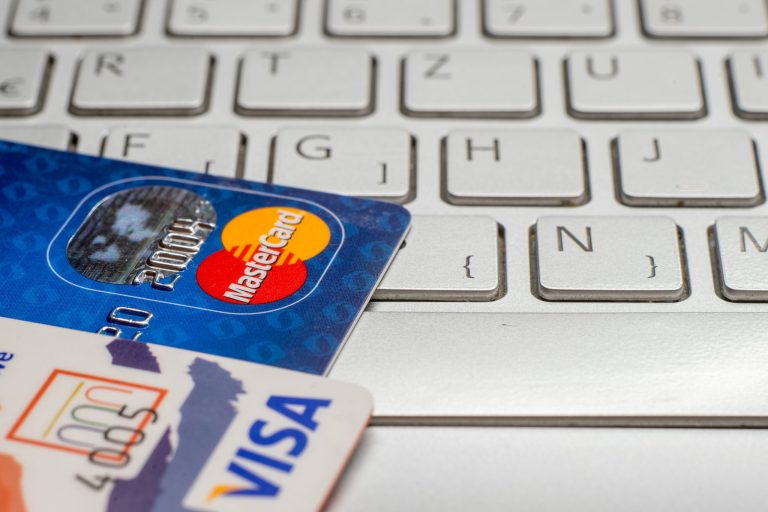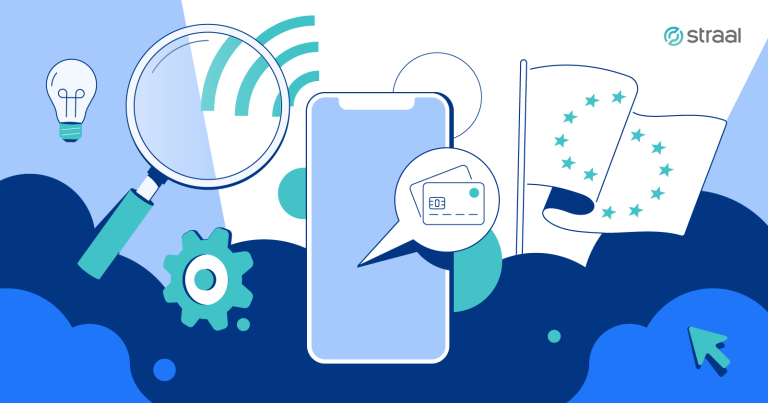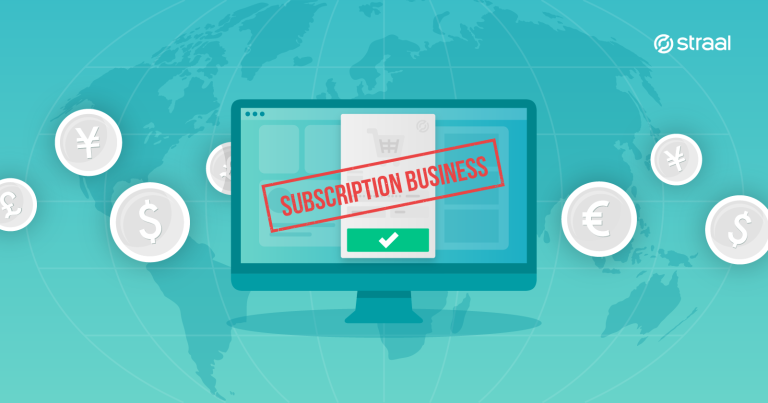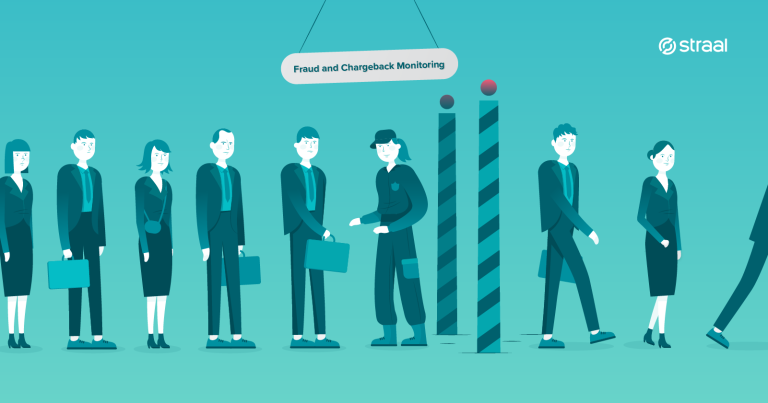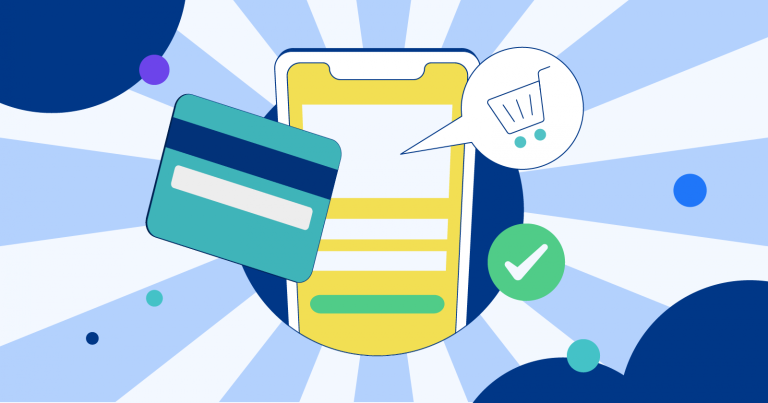If you’re reading this, you’re probably searching for the best tool to collect payments from your customers and need to understand the differences between diverse solutions available on the market. Here’s a brief guide to selecting the right payment gateway for your online business. I hope that the form of Q&A will make it easier for you to get a grasp of the matter instantly.

1. What is a Payment Gateway?
First things first! Let’s start with a clear definition. Payment gateway is a service enabling authorization of transactions carried out by customers in an online store with diverse payment methods. It refers to any kind of digital point of sale – be it a traditional e-shop or, say, a XaaS app. The most typical payment method associated with online payment gateways is credit or debit card, but the rapid proliferation of alternative methods (APM) makes it necessary for ever more providers to offer a broader range of options. To cut a long story short, payment gateway is an immanent part of the online payment ecosystem, which enables connecting merchants with acquirers. It is responsible for sending your customers’ payment requests and credentials to the ecosystem and providing your store with appropriate feedback – transaction status (approval/denial) – needed to initiate the fulfillment process, prolong a subscription plan or whatever in your business model depends on payment.
2. Do I need a Payment Gateway?
If you want to reach beyond displaying your bank account number and asking customers for traditional money transfers – you do. You should rather ask, what kind of payment gateway would fit your business best. There are two basic types of gateways:
- provided by acquirers,
- provided by specialized 3rd party companies*.
*some 3rd parties are at the same time acquirers in selected geographies
Gateways provided by acquirers routinely connect your business with just one payment processing company, which means that the scope of payment methods, supported geographies and so on, is limited to what this particular processor can offer. The main advantage of this solution is that you cooperate with just one business entity, so you have a single contact point to sort out your payment-related issues. It’s quick and convenient, but every rose has its thorn.
First of all, one acquirer means a limited number of target markets, so forget about effective payments in, say, Latin America, when cooperating with a company specialized in, for instance, Europe and APAC.
Secondly, if you plan to operate around the clock, uptime is a vitally important factor. Having just one acquirer implies lower uptime as processing might be temporarily unavailable from time to time – due to system maintenance or technical issues. Having no backup, in case of your acquirer being temporarily down, your sales are down too. Thirdly, one acquirer means one risk assessment entity, strategy, and approach. Sure, you can hire an external Fraud Detection & Prevention (FDP) partner, but it costs. If you plan to operate globally, you need a payment partner who understands contexts of transactions carried out in diverse geographies, and this is quite a challenge with just one acquirer. Otherwise, you might erroneously drop a number of legitimate customers because things seen as designates of fraud on one market might be something common on another. False positives (that’s the name of the aforementioned phenomenon) mean not only lost transactions but actually lost customers – who won’t get back to you anytime soon.
Finally, a gateway provided by an acquirer might be noticeably costlier in a long-term perspective. The providing acquirer, knowing your switching costs, might increase the price of their service gradually without crossing your pain threshold. In other words, if you plan to stick to just one market, don’t care too much about uptime and are in hurry, a payment gateway provided by an acquirer might work for you pretty well.
Payment gateways provided by 3rd party companies called PSPs (Payment Service Providers) usually offer more flexibility and greater scalability. Many PSPs are simultaneously acquirers (E-Money Institutions, for instance) and, besides that, are integrated with several other acquirers (Straal, for example, cooperates with 20+ acquirers around the world). In effect, they can get you effective collection of payments in any geography – either on their own or via their partners. Moreover, while cooperating with a specialized 3rd party, you go through KYC verification – which takes time and requires some effort – only once, but – when done – it gives you access to numerous acquirers. In the previous scenario, you would have to invest more or less the same time and effort to get access to just one acquirer. Having access to many processing partners, you can process every single transaction through an acquiring bank which gives the greatest chance for approval.
Furthermore, a maintenance break at one acquirer won’t really affect your business – as you always have backup. Working with acquiring banks through a PSP might be also a good way to get steep discounts on the service. PSPs often negotiate prices on behalf of their clients and are quite effective in this activity as acquirers know that a 3rd party provider always negotiates with several entities at the same time.
Last but not least, PSPs offer more payment methods, so they can combine a basic card gateway with say, SEPA Express, iDeal or BLIK, to name just a few.
3. What to look for in any payment gateway? What questions to ask?
Let’s take a look at the features that any online merchant – whatever his business model – should take into account when choosing the right payment gateway.
3.1 What acquiring banks can I cooperate with and what geographies they specialize in?
As you know already, there are many acquiring banks on the global market and they usually specialize in specific geographies. If you’re just starting up, you probably don’t need to optimize the way you collect payments on all continents. But you surely have some expansion plans. Ask your gateway provider what acquirers they cooperate with and what particular geographies those specialize in. This will have a great impact on pricing and your potential approval rates, as well as on availability of transaction and settlement currencies, interchange fees applied and FX rates. Mind that in some countries or regions, finding a local partner might be a must (Latin America, Russia, China etc.).
3.2 What transaction and settlement currencies are supported?
This question is really important in the face of currency fluctuation and the risk it implies.
- Transaction currency is the one displayed in an e-store/app. It means that when the displayed price is, say, EUR 100, no matter the currency of the payer’s card or account, they will be charged EUR 100. The FX rate and fees charged will be up to the card scheme and the issuing bank.
- Settlement currency, in turn, is the one in which the money from online sales is wired to the merchant bank account. If the settlement and transaction currencies are different, the FX rate and charges are in most cases decided by the acquirer.
If you plan to sell your merchandise on many different markets, the more transaction currencies you have, the better for your customers as they can avoid currency conversion expenses. It’s especially important in the case of subscription-based business model as the value of a monthly subscription fee is fixed while currency rates are dynamic. In effect, subscribers who have their cards issued in currencies other than your transaction currency might pay different amounts every month and this uncertainty may discourage them from staying with you.
3.3 What cards and alternative payment methods can I accept?
Acquirers tend to lure merchants with long lists of “payment methods” available. Be careful – they often consider every single card brand as a separate payment method and this might be quite confusing. To be clear – cards are just one payment method. Before you delve deeper in the matter of payment methods, make sure that your business model and target markets require accepting anything else than just credit/debit cards. It might spare you some time and money. Once you figure this out, calculate how much you can possibly lose by not offering specific payment methods. If you plan to operate mostly in the US, for instance, accepting SEPA Express would not make much sense, though once in a blue moon someone mighty ask about such an option. In Europe, however, consumer markets like Germany or France demand acceptance of SEPA transfers. European consumers are used to this payment method and not offering such an option might make you lose numerous potential deals – a lot of money.
3.4 Checkout page – integrated or hosted?
Checkout page is the final and the most important stage of the journey customers take to buy your merchandise or activate service. Therefore, it must be simple, intuitive, informative and clear. There are two basic types of checkout pages: integrated and hosted. Let’s start with the latter.
Hosted checkout pages are much easier to implement and can spare you a lot of time as you don’t need to design them from scratch nor code. Hosted checkout pages are securely hosted on servers belonging to your gateway provider. Pros and cons?
First of all, a hosted checkout page can be implemented and activated in a blink of an eye, so development and design costs are negligible.
Secondly, a hosted checkout page usually includes logotypes of your gateway provider, card schemes and certification badges that make it more credible in the eyes of payers. Customers who do not really know your brand are more eager to complete their purchase when they see familiar, trusted logotypes at the payment stage rather than a clean, unknown payment form.
Thirdly, hosted checkout pages are updated automatically whenever needed. In other words, in case of any regulatory changes, new information obligations etc., your checkout does not require any actions on your side – its your acquirer’s obligation to keep it current and compliant. On the other hand, a hosted checkout page might interfere with the flow of your customer journey. Hosted checkouts are usually designed by top-class UX professionals, but their approach might be very different from the one assumed by your UX team and thus your users might feel a bit confused when suddenly transferred to a 3rd party page.
Finally, hosted checkouts seldom cooperate well with mobile apps, so if your merchandise is based on one, they might harm your customer experience and, in result, hamper sales.
Integrated checkout pages are a bit more demanding in terms of design and tech skills needed. Nonetheless, they offer you freedom to design your user experience in detail, top to bottom. Your gateway provider should give you special scripts, API keys, SDKs, and your developers need to embed specific elements in the online point of sale, in accordance with certain rules, of course. Maintaining the page and keeping it compliant with all the legal requirements is on you. The main advantage of this solution is its flexibility. Integrated checkout pages increase user experience significantly and really do the job in mobile channels – make the process smoother and increase conversion rate significantly.
3.5 How do they maximize transaction effectiveness?
If you choose a gateway from a specialized 3rd party and it’s supposed to be integrated with several acquirers, it is crucial to learn how your payment traffic will be distributed between different processors. Is there just one, key criterion, like geographical location of the payer or the origin of the card, or a broader range of factors influencing the choice?
Effective gateways offer mechanisms such as smart routing or backup routing, which are aimed at selecting the most effective flow for every single transaction. Those not only make accepting payments around the world more effective but also increase your transaction approval rate at home – in case of a maintenance break or technical issues at one of your acquirers they just redirect transactions to the “next best option”.
3.6 Is fraud prevention included in the service?
Payment fraud is one of the greatest challenges for modern online commerce. You can learn more about it from one of our previous entries. Fraud results in chargebacks and chargebacks cost money, reputation, stability. Mind that new chargeback thresholds are on their way, so you can’t really overlook this issue or procrastinate. Ask your gateway provider about fraud prevention solutions included in the service. Here’s a list of top 10 questions to ask when selecting your FDP partner. Straal, for example, offers a broad range of prevention measures.
Thank you very much for reading! Got questions? Feel free to contact our team!
Additionally, if you run an online business in a subscription-based model, stay tuned as the second part of my entry will be dedicated specifically to subscription enterprises.

